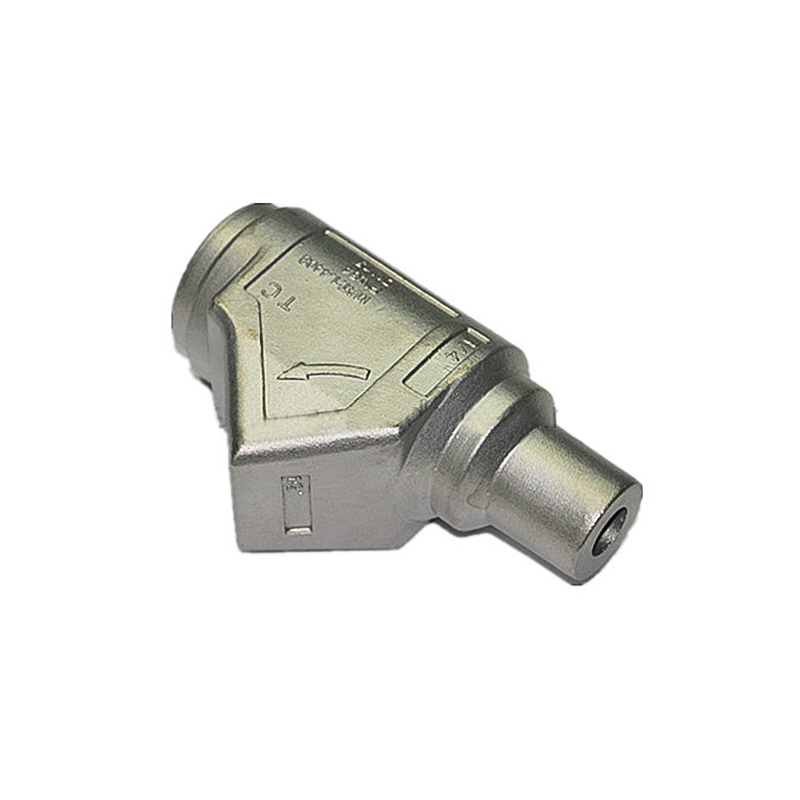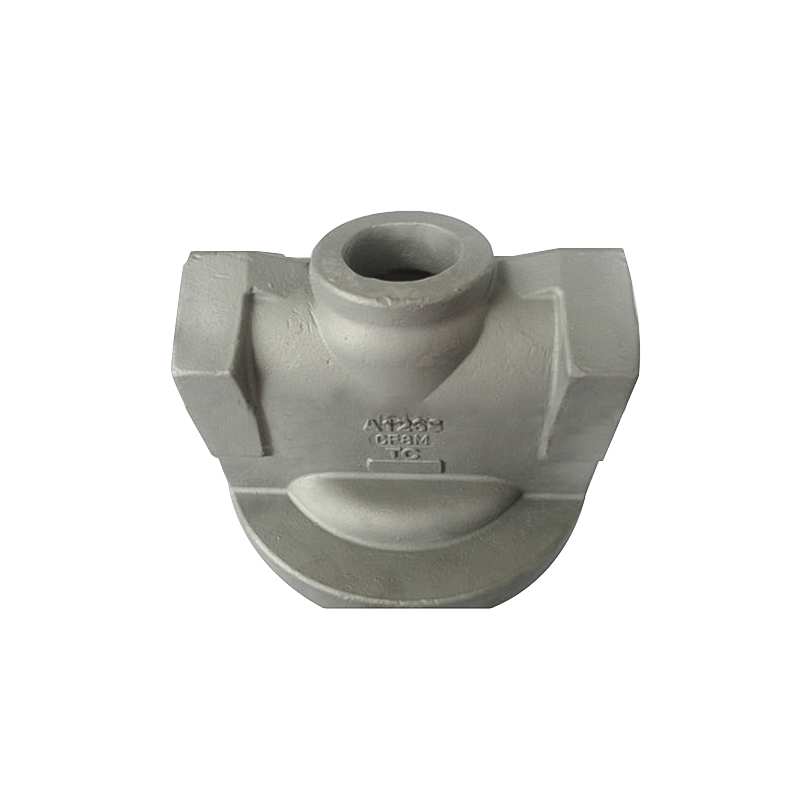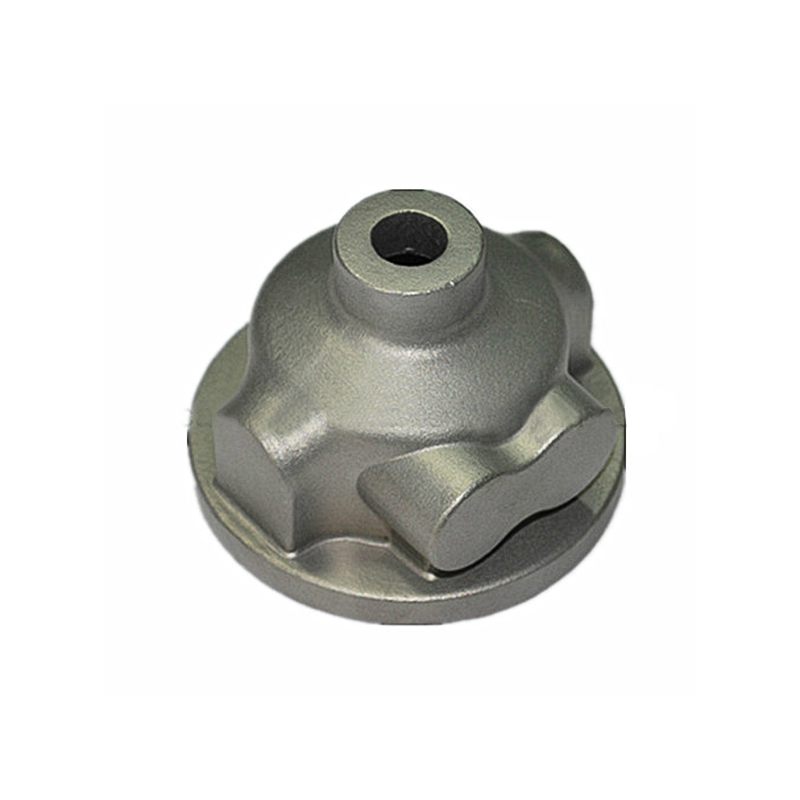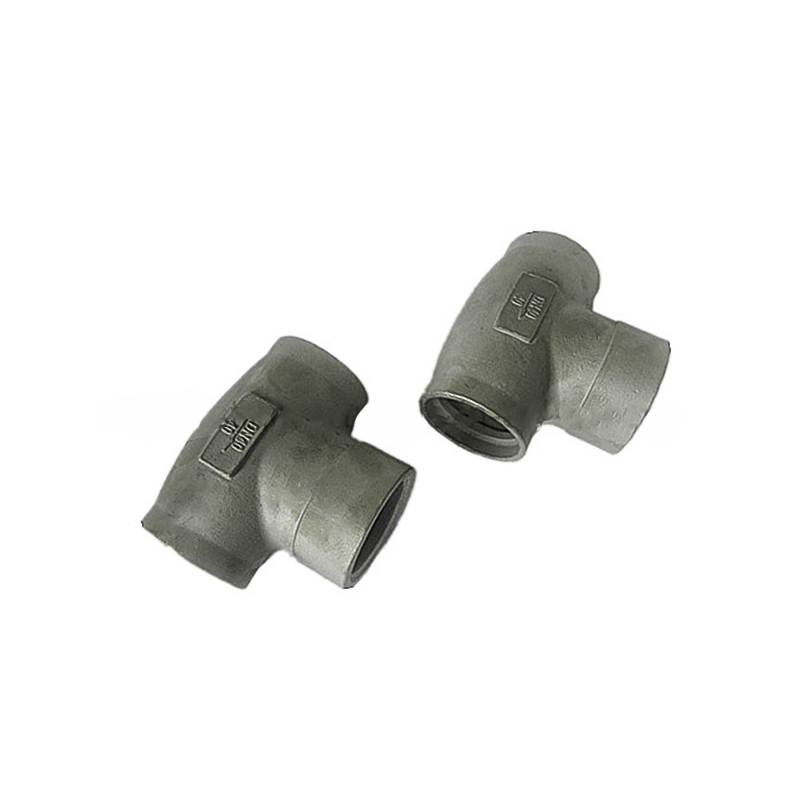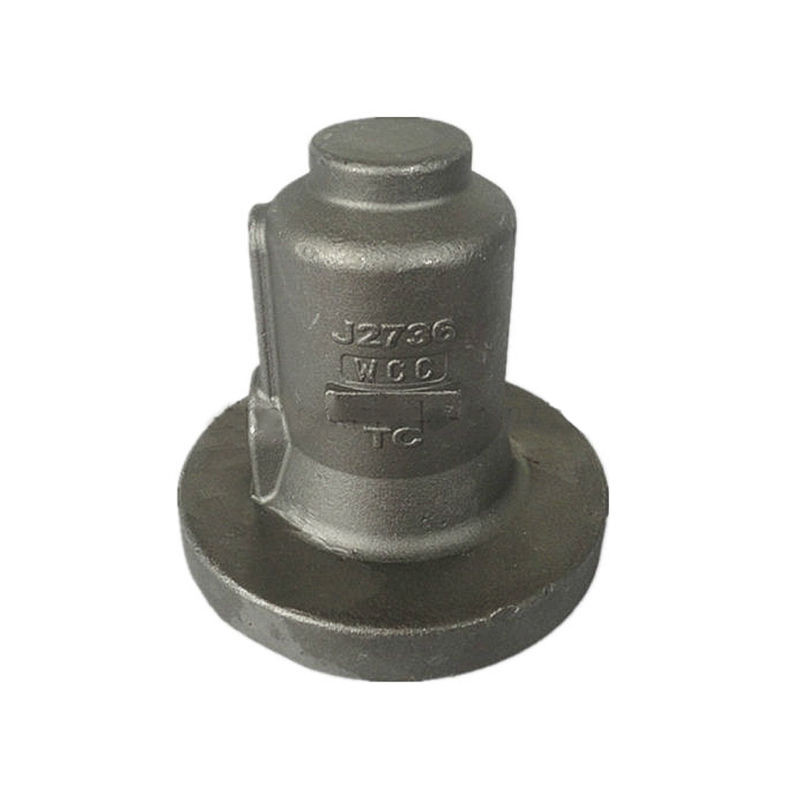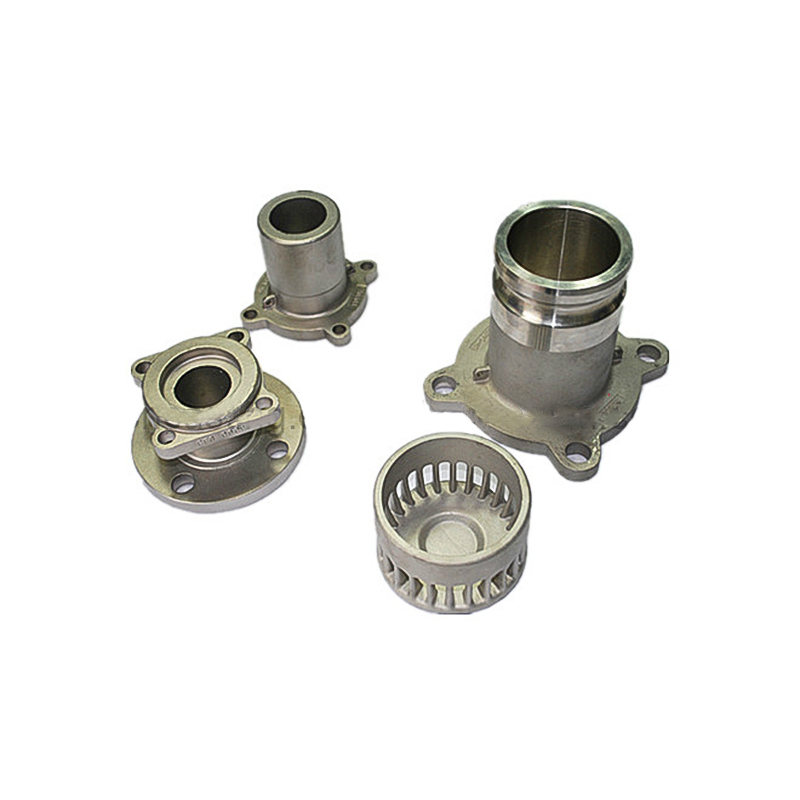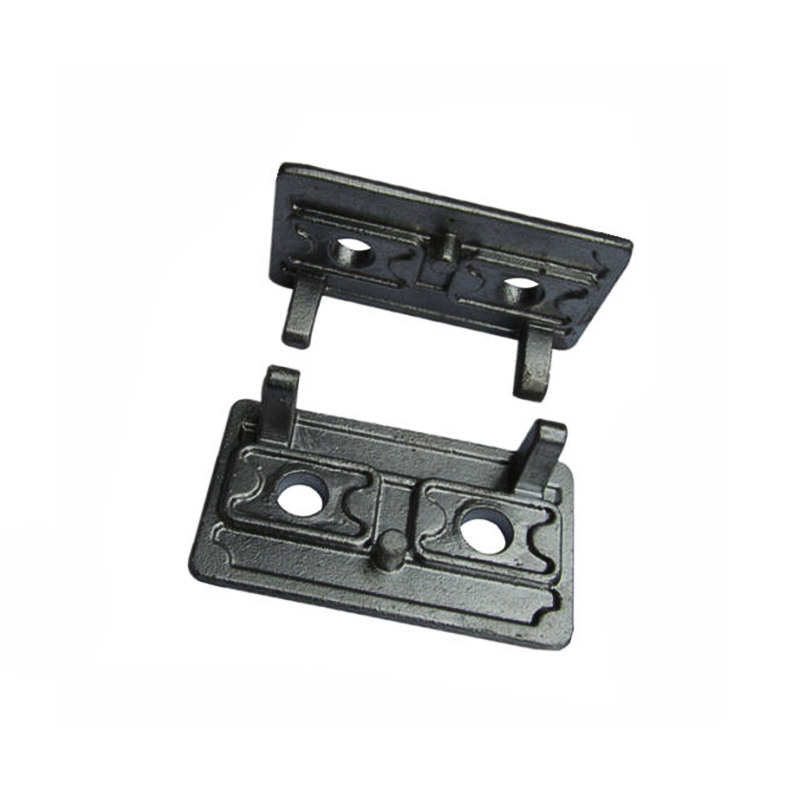The automotive industry is accelerating the adoption of high-precision Investment casting parts
As the global automotive industry enters a new era of intelligent, electrified and green development, automotive manufacturing has put forward unprecedented high requirements for the performance, quality and manufacturing process of parts. As an advanced manufacturing technology that integrates high precision, high complexity and high performance, investment casting parts are gradually becoming a key manufacturing method in many fields of the automotive industry, promoting the upgrading of vehicle manufacturing, improving vehicle performance, and helping the automotive industry to cope with increasingly stringent environmental regulations and market competition.
Investment casting parts, also known as lost wax casting, is a precision casting process in which a wax model is coated with refractory materials to form a shell, and then the wax core is melted at high temperature, molten metal is injected and cooled to form parts. This process has the following outstanding features: high dimensional accuracy, usually up to ±0.1 mm or even higher; good surface finish, reducing the amount of machining; able to manufacture complex, fine structures and internal channels; applicable to a variety of metal materials, including aluminum alloys, steel alloys, titanium alloys, etc.; support the molding of lightweight materials and high-strength alloys, these characteristics make investment casting an ideal choice for manufacturing complex and high-performance automotive parts.
Due to its technological advantages, investment casting parts have been widely used in many key areas of the automotive industry, covering engines, transmission systems, braking systems, new energy vehicle power components and chassis systems.
As the "heart" of the car, the engine has extremely high requirements for the precision, strength and heat resistance of parts. Investment casting technology can efficiently manufacture engine blocks, cylinder heads, turbocharger housings and other parts. With high-precision and complex structures, investment casting can accurately realize the complex cooling channel design inside the engine, improve the engine's heat dissipation performance, and ensure long-term stable operation; with the support of material diversity, high-temperature resistant aluminum alloys, nickel-based alloys, etc. are used to improve the corrosion resistance and wear resistance of parts; reduce processing costs, and high dimensional accuracy reduces a large number of mechanical processing procedures, reducing production cycles and manufacturing costs.
Transmission system parts such as gearbox housings and clutch components have strict requirements on strength and wear resistance. Investment casting parts have integrated design capabilities to achieve a perfect combination of high strength and high precision. Complex shapes are formed in one piece, reducing assembly points, improving overall strength and durability; improving transmission efficiency, precise matching reduces friction losses, and improving power transmission efficiency.
Key brake parts such as brake calipers and brake disc brackets are crucial to safety and reliability. The high-precision characteristics of investment casting technology ensure the matching accuracy and improve the braking response speed and safety performance.
With the rapid development of electric vehicles, motor housings, power battery trays, connecting structural parts, etc. have become the key application objects of investment casting. Lightweight design, using aluminum alloys and high-strength lightweight materials, significantly reduce vehicle weight and extend driving range; heat dissipation optimization, complex internal structure helps efficient heat dissipation of batteries and motors, and improves overall performance and safety.
Investment casting meets the needs of modern automobiles for micro-fine design of parts with its excellent dimensional accuracy and complex structure forming capabilities. High-precision casting parts not only reduce assembly errors, but also reduce machining costs. The pressure on energy conservation and emission reduction in the automotive industry is increasing, and lightweighting has become a development trend. Investment casting supports lightweight alloys and new composite materials to help reduce the weight of the entire vehicle, improve fuel economy and endurance.
Investment casting realizes multi-component one-piece molding, reduces assembly processes and the number of parts, improves the overall strength and reliability of parts, and reduces failure rates. Investment casting parts have a smooth surface, reduce friction and wear, improve corrosion resistance, and reduce maintenance costs. Under the concept of modern Industry 4.0, the manufacturing process of investment casting parts is continuously optimized by combining 3D design, simulation analysis and automated production to achieve efficient and flexible production, improve delivery speed and quality stability.



 English
English Deutsch
Deutsch 简体中文
简体中文

